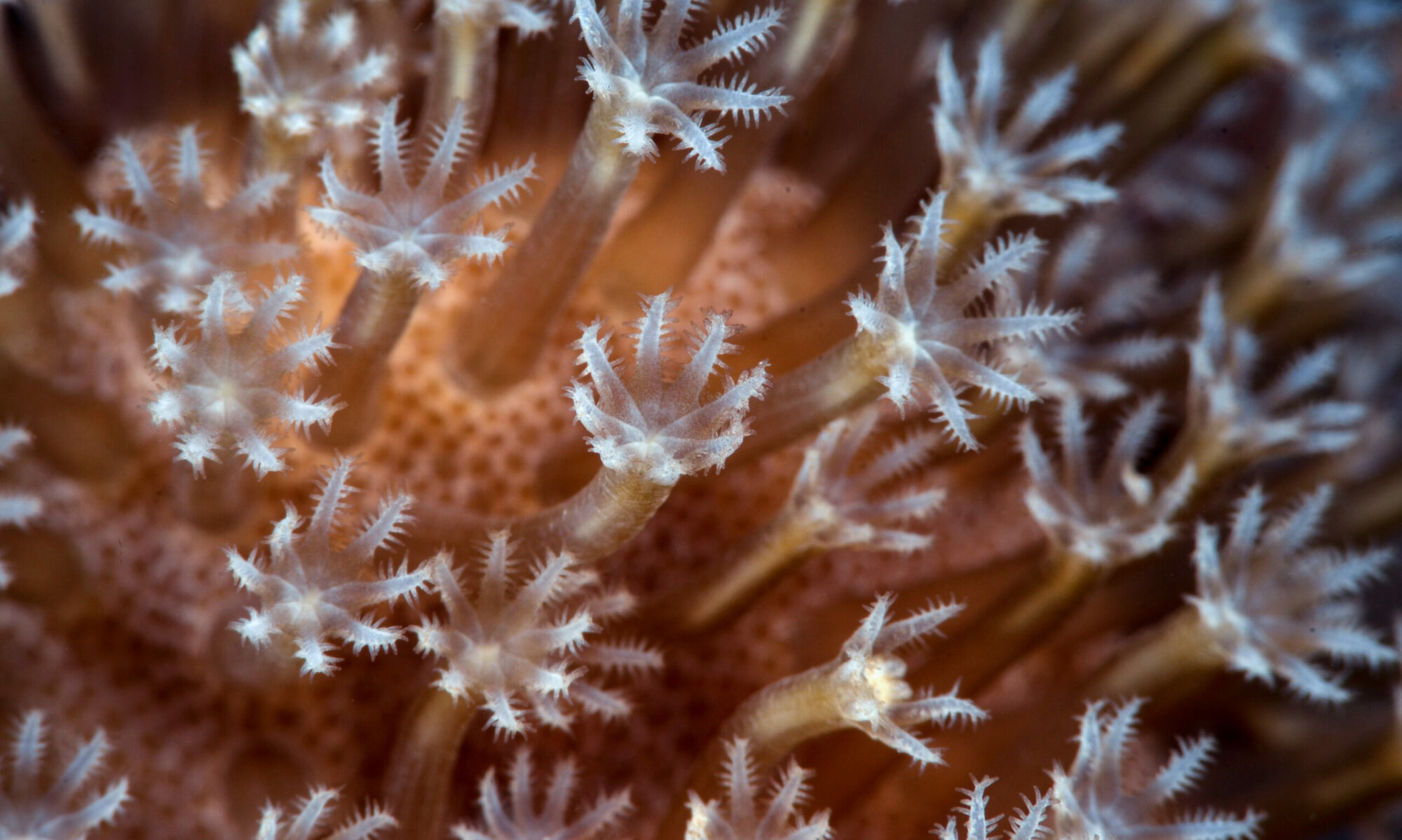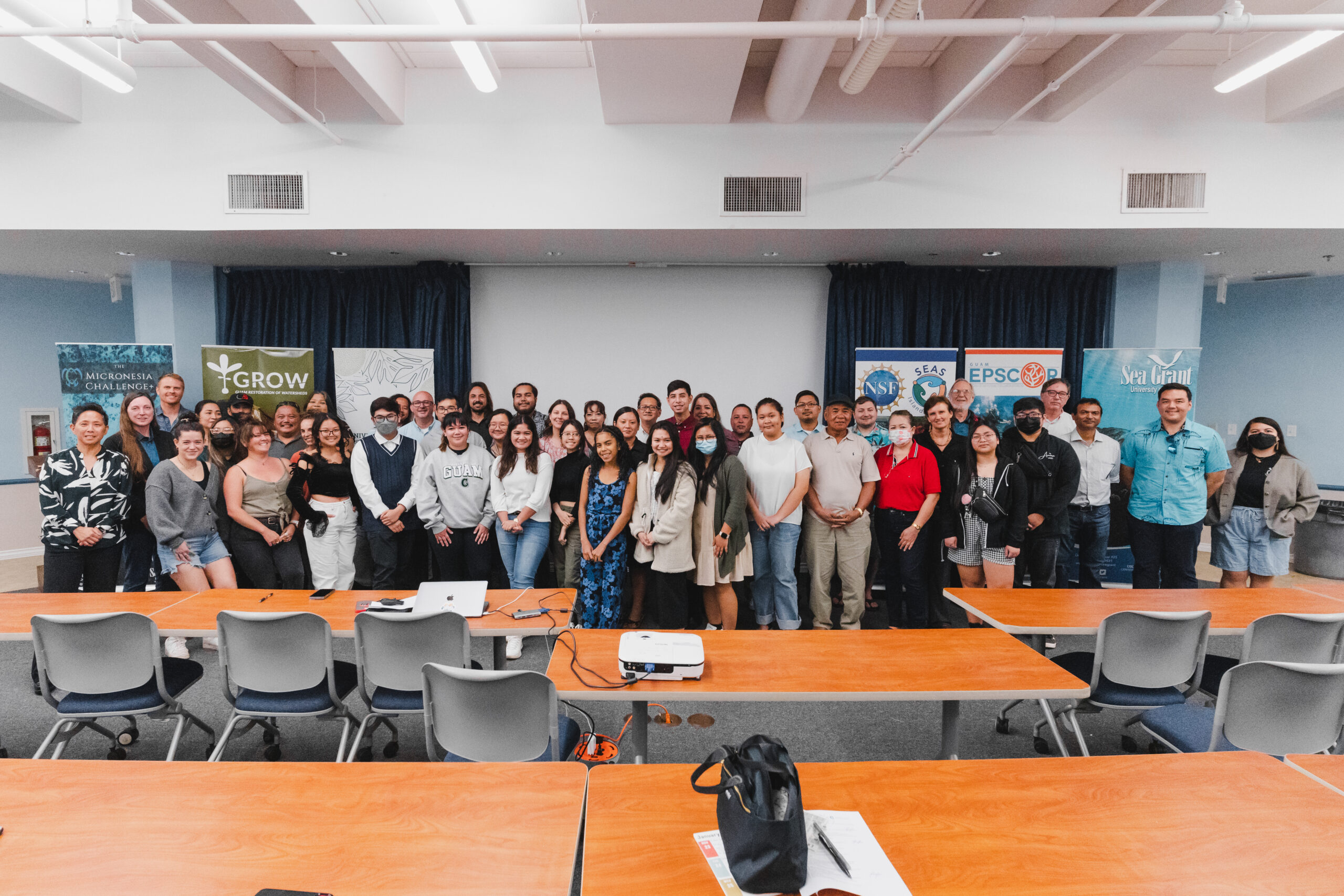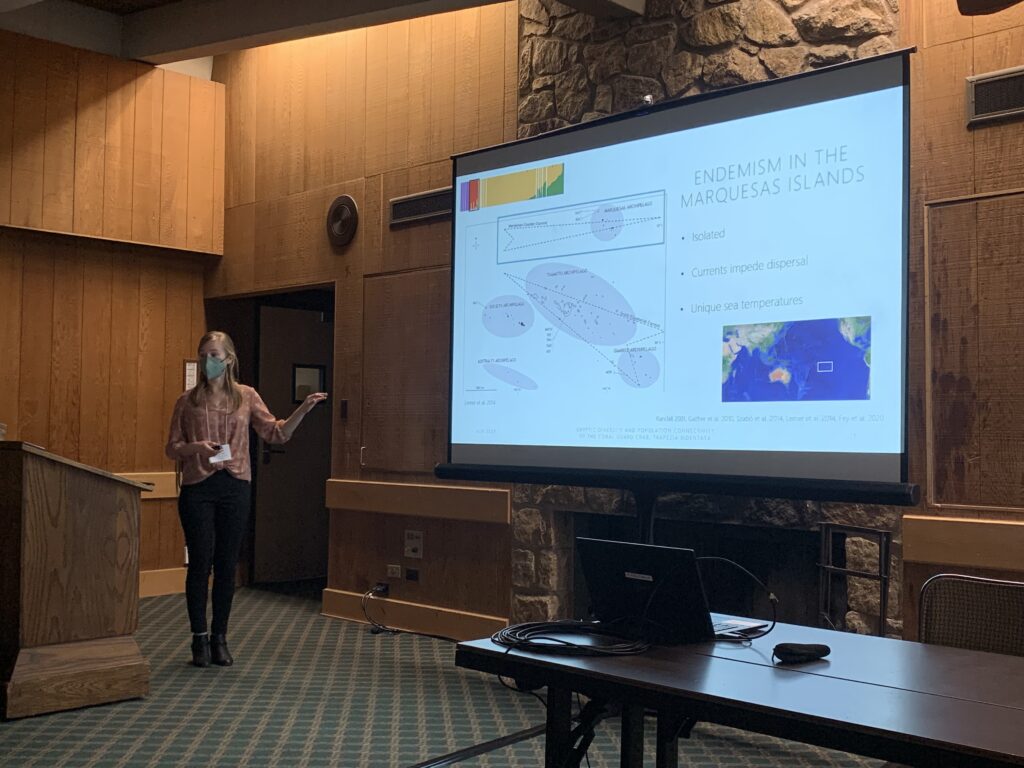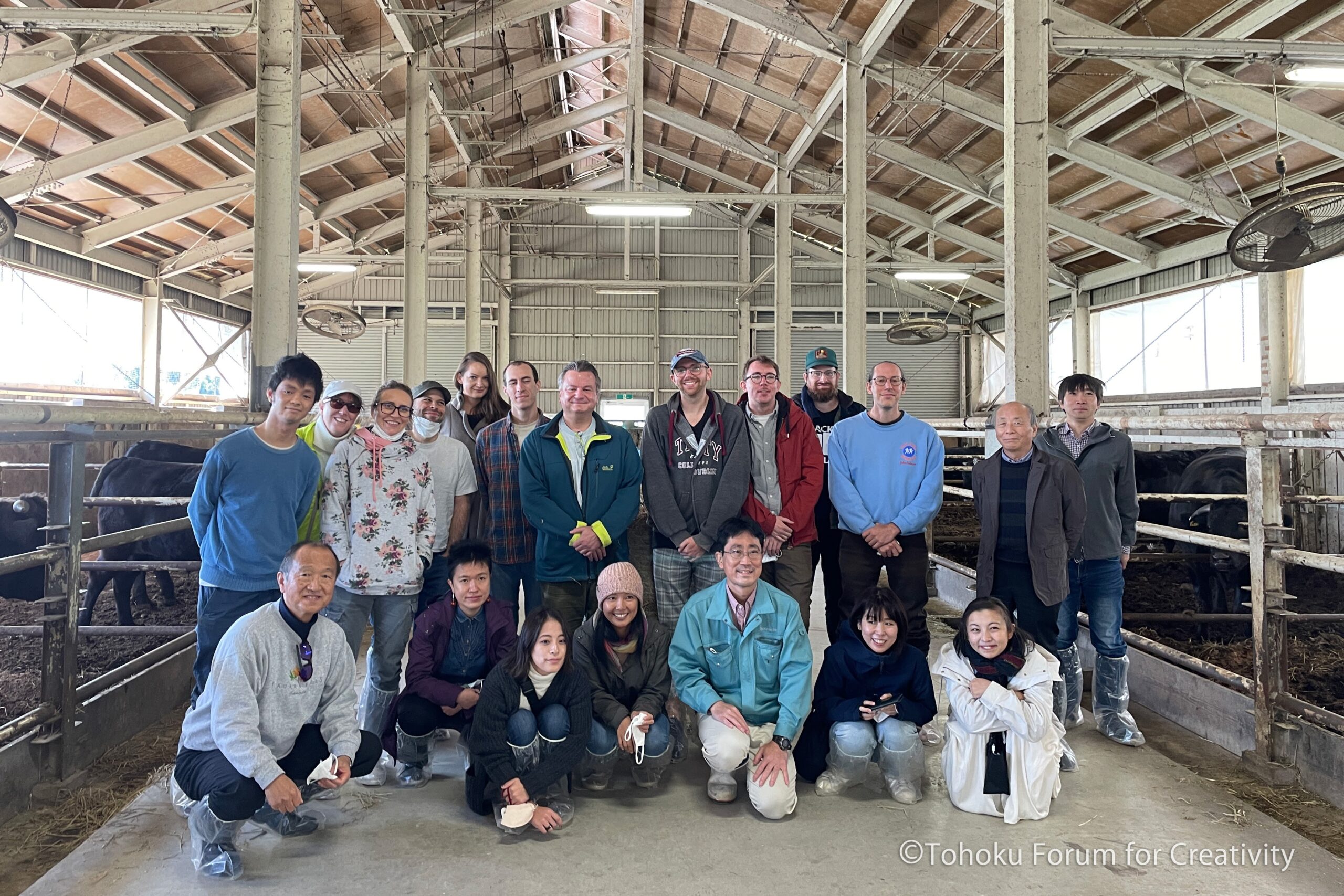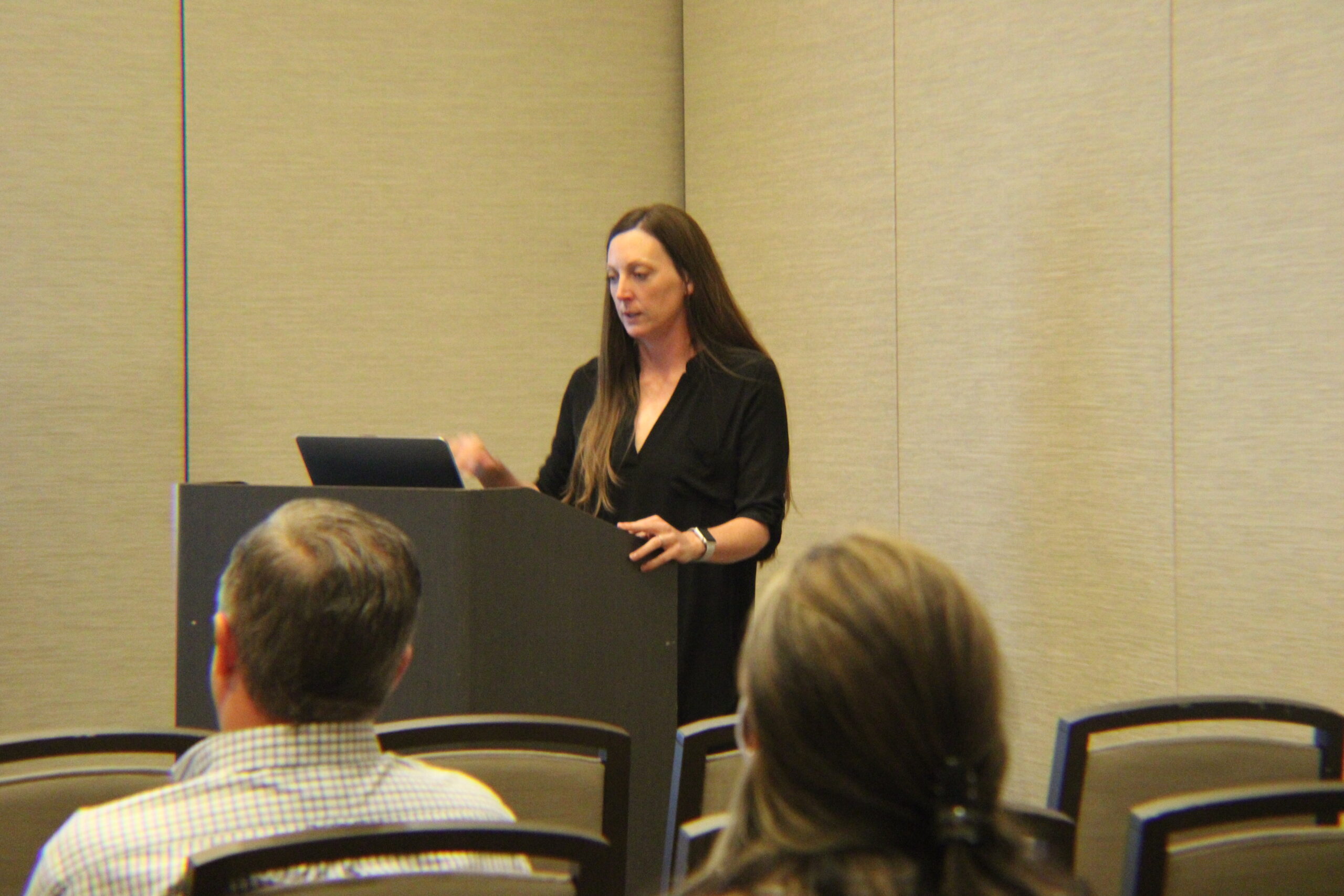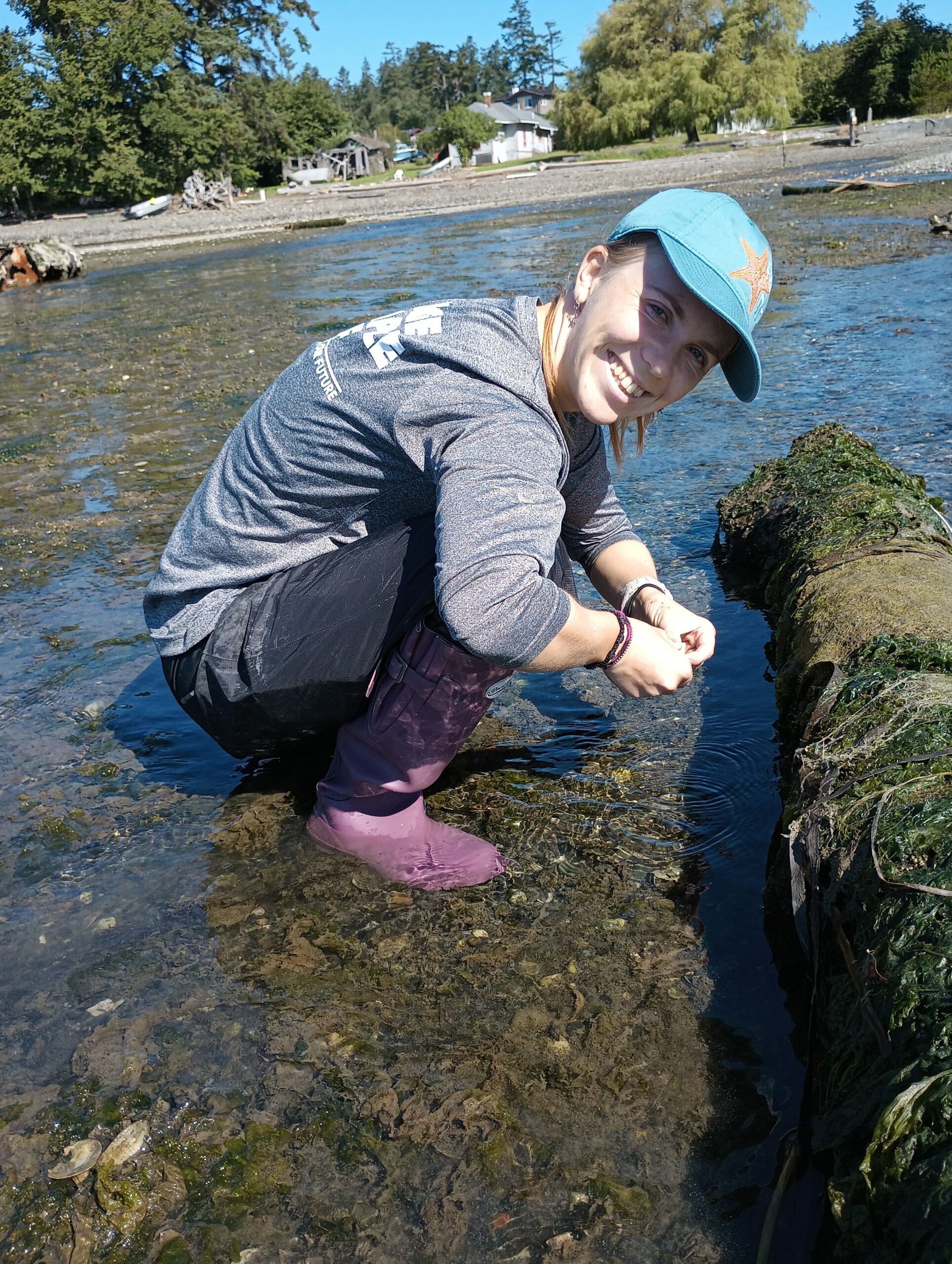More than the experience of attending a STEM (Science, Technology, Engineering, Mathematics) event off-island, the University of Guam delegation, which included Guam NSF EPSCoR student researchers, also earned accolades, learned more about diversity and expanded their network at the National Diversity in STEM (NDiSTEM) conference in Puerto Rico.
The Society for the Advancement of Chicanos/Hispanics and Native Americans in Science (SACNAS) organized the event from October 27 through October 29. The conference drew thousands of college-levels through professional attendees from historically excluded communities throughout the states and territories.
The conference seeks to equip, empower, and energize participants for their academic and professional paths in STEM.
Austin Shelton, Ph.D. UOG Sea Grant and Center for Island Sustainability director, Education Workforce and Development coordinator for Guam NSF EPSCoR and SACNAS board member said the conference is the perfect place to expose students to opportunities in STEM. “This is really an important event for our students at the University of Guam. It is the largest multicultural and multidisciplinary STEM diversity conference in the nation. This year, it is the biggest that the conference has ever been. Over half of that are students and over half of them are professionals, and as important, exhibitors who are bringing in opportunities to students in the areas of graduate school or employment in agencies, in nonprofits, in nongovernmental organizations.”
According to Shelton, 51 students and faculty from UOG took advantage of these tremendous opportunities at the conference. Aside from immersing participants in STEM research and professional development sessions, the conference also encouraged engagement in and the sharing of multicultural celebrations and traditions.
Cheryl R. Sangueza, Ph.D. assistant professor of secondary education said attending the conference was a success not only for academic and research opportunities, but also because the Guam delegation left a positive footprint for the island and the university. She believes that the experience “possibly changed life trajectories for the UOG students.
“Our students were engaged in professional networking and found exciting academic and research opportunities, they met new friends and explored new places and cultures, and they were successfully immersed in a culture of scientific research. “Seeing and feeling like they belong at a STEM conference combined with connecting with graduate school and research opportunities illuminated new options and choices for many,” she said.
Sangueza is also the co-principal investigator for the National Science Foundation’s INCLUDES SEAS Islands Alliance Guam Hub and oversees student experience for NSF Guam EPSCoR.
More than 10 UOG students took part in the poster presentations at the conference. One of the students, Michael Fernandez, received recognition for his undergraduate poster presentation on “Host Tree and Mycorrhizal Diversity of Epiphytic Orchids Native to Guam.”
Alyssa Calalo, an NSF INCLUDES student researcher, also presented a poster on “Assessing the Use of Pre-germinated and Soaked Seed of Native Plant Species for Badland Restoration: Lab and Field Trials.”
The UOG undergraduate in biology described her SACNAS experience as inspirational. “It was eye opening meeting scientists with the same culture and values, and it made me feel seen and motivated to keep going! My presentation revolved all around using native plants important to the CHamoru culture to restore badlands that have been affected by erosion. I conducted my research project at Ugum Watersheds. My presentation was a great experience for me, and I was able to connect with people from different labs and cultures – network and share ideas on how to keep the project going!”
SACNAS fosters the success of underrepresented Americans – from college students to professionals – in attaining advanced degrees, careers, and leadership positions in science, technology engineering, and mathematics, otherwise known as STEM. It is the largest multicultural and multidisciplinary STEM diversity organization in the United States, serving more than 20,000 students and professionals.

